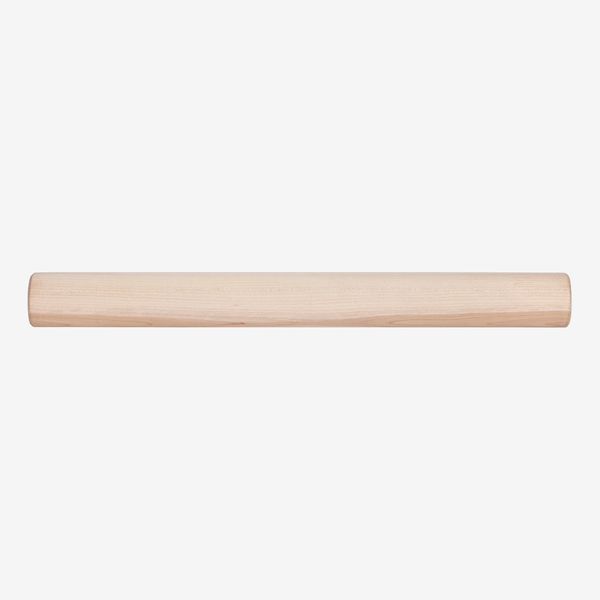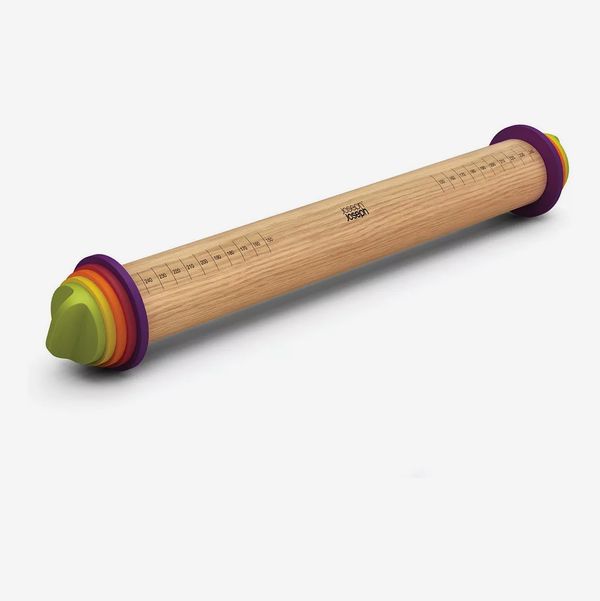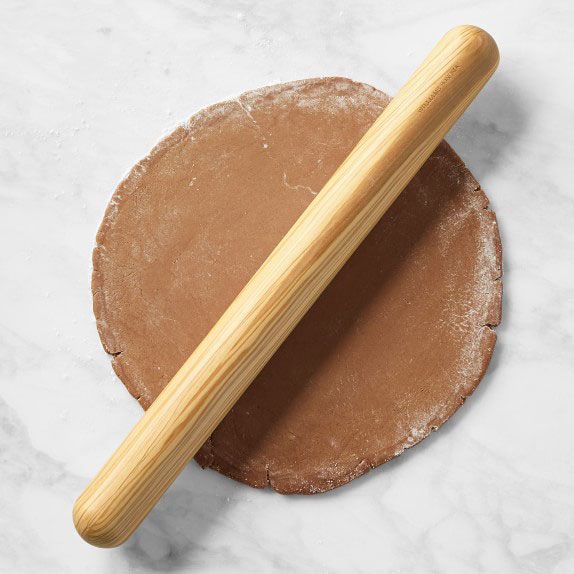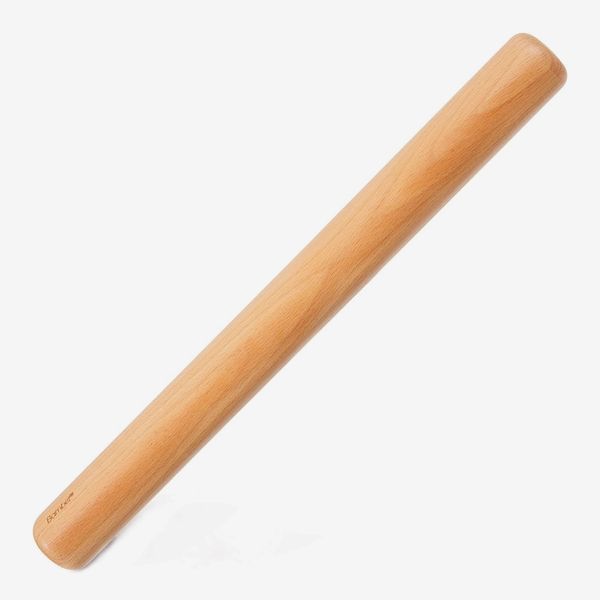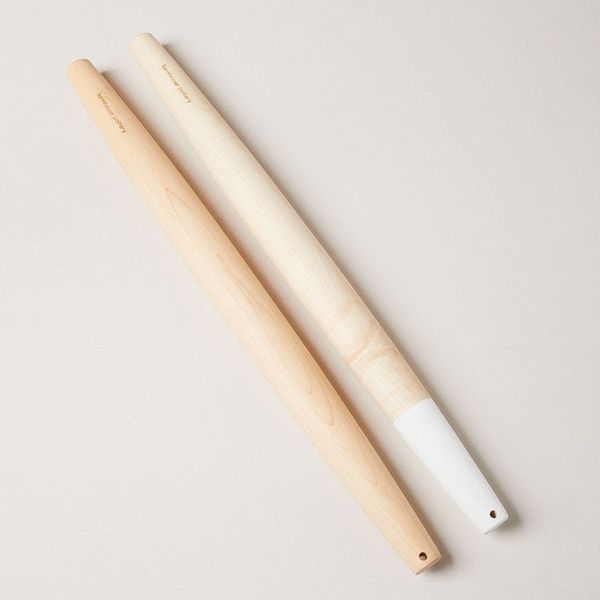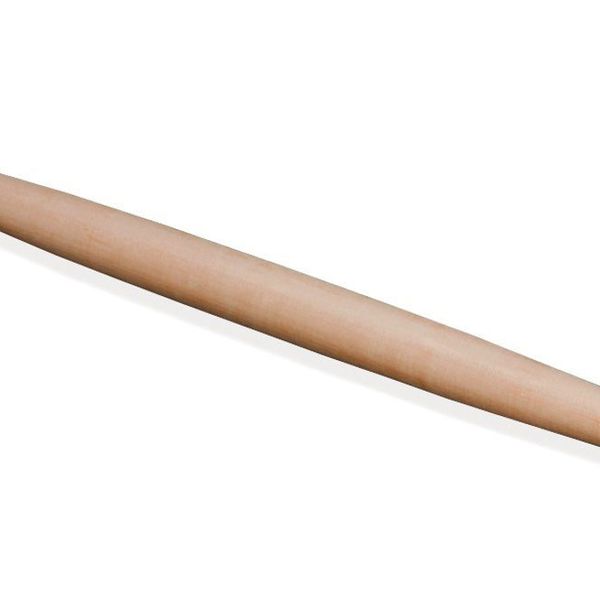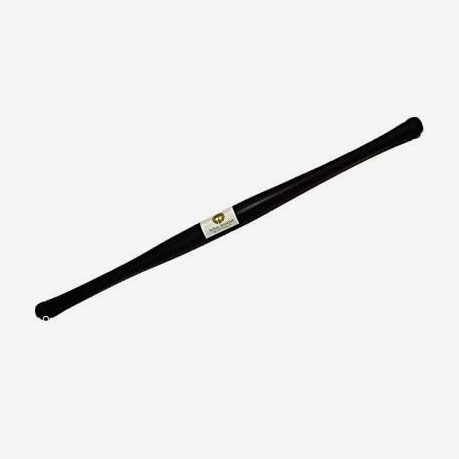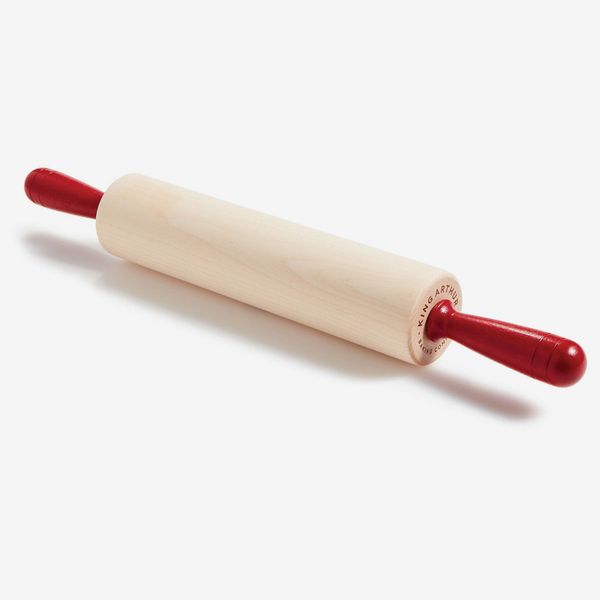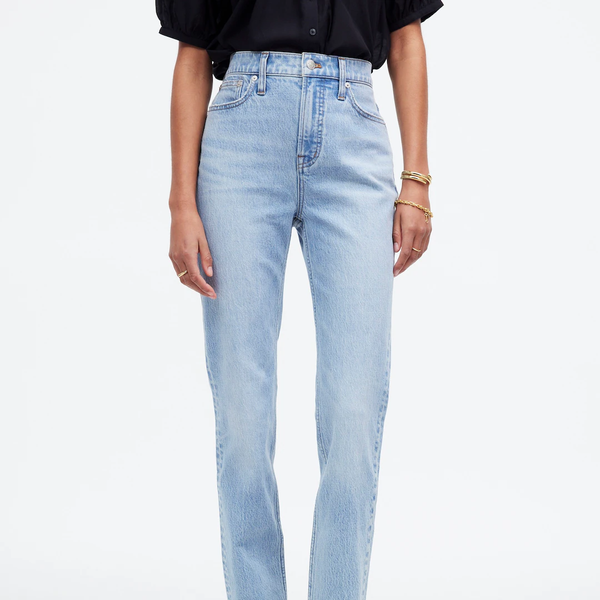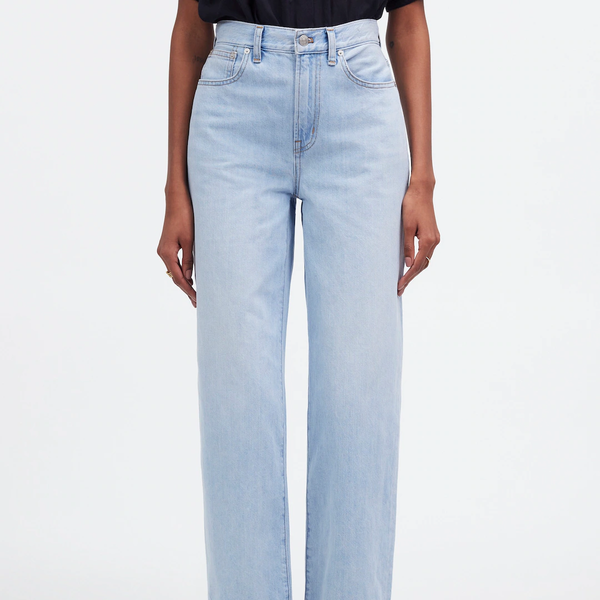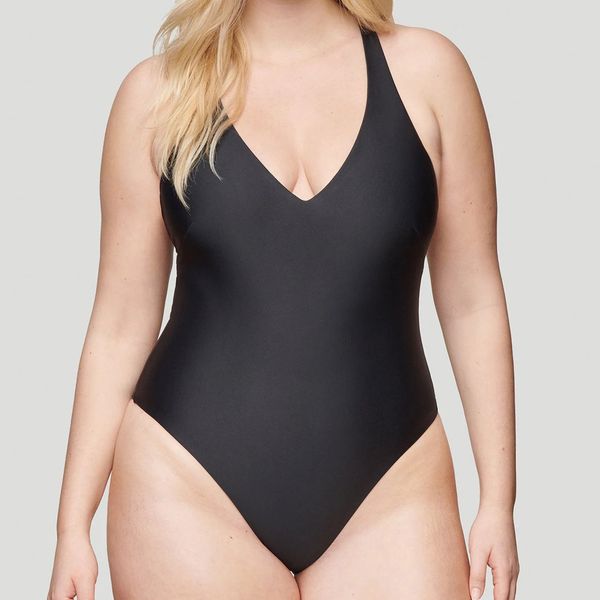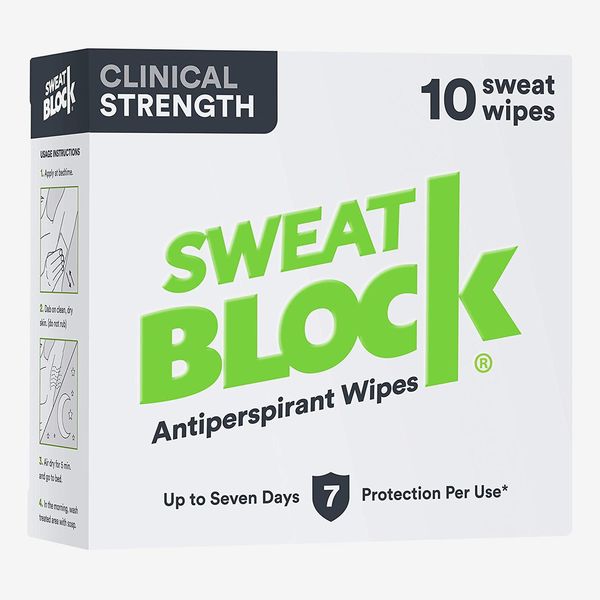
Whether you dabble in summer pie baking or head up your family’s holiday cookie swap, having a good rolling pin will completely change your baking game. But head to a kitchen-supplies store and the possibilities seem limitless. You’ll see pins of varying lengths, thicknesses, and weights made of wood, marble, metal, or plastic. Some may be tapered, others straight, some with handles and some without. Choosing the right one depends mainly on your preferences and the kinds of tasks you need it for most.
There are a few common styles of rolling pin, each with myriad variations. Dowel rolling pins are essentially rods — straight, no handles, and the same thickness (typically about two inches) throughout. Long, thick dowel pins make quick work of rolling out large sheets of soft dough evenly. Chinese or dumpling rolling pins are basically shorter, slimmer dowels; usually about nine to 12 inches long and one inch thick, they’re easy to maneuver with one hand while the other turns the dough, resulting in neat rounds — great for dumplings, of course, but also for many other baking projects. French rolling pins, also known as tapered dowel pins, have slimmer ends and a thicker center that allow the roller to apply controlled pressure. This proves quite handy when tackling those first passes on a thick, cold disk of pie dough: As the dough is rolled out, the baker can move the pin to position its thick center over specific areas of dough that need to be rolled out further, which can help with any desired thickness as well as maneuver the dough shape. I find this style just as effective for rolling out a rectangular galette dough as a round one. American rolling pins, also known as handled or ball-bearing pins, are dowels with handles attached at the ends. Since the handles don’t move as you roll, this type of pin can be more comfortable if you have wrist or hand mobility issues. Belan, or Indian rolling pins, are a single piece of material with tapered ends, often with more defined handles.
When I was writing my forthcoming cookbook on galettes, there were stretches when I was rolling out dozens of doughs each day, from seven-inch rounds to sheet-pan-size slabs. Throughout the process, I baked in a number of kitchens with many kinds of rolling pins, and I swiftly began to favor certain pins over others. I noticed that different sizes (typically 12 to 22 inches long) and styles of pins distinguished themselves based on how large my work surface was and the size of the dough I was rolling out.
To identify some of the best rolling pins out there in addition to my own findings, I spoke with baking experts from cookbook authors to professional pastry chefs. Almost everyone had a different favorite pin, but we all agreed on one thing: Wooden rolling pins are the way to go for their feel, ability to grip dough, weight, and dough-temperature management. Still, I believe the only way to truly find the best rolling pin for your needs is to try out more than one.
Best unfinished dowel pin
I wasn’t shocked to see the JK Adams 19-by-2-inch plain dowel rolling pin high on the list of many experienced bakers — I own and love this one, especially for extra-large rectangular galettes and cinnamon-bun dough.
“I love my dowel rolling pin so much that I take it with me on trips when I know I’ll be rolling out a lot of dough (like Thanksgiving),” says Yossy Arefi, a cookbook author and food stylist. Arefi also calls out the importance of oiling the pin: As this solid hardwood pin is unfinished, the brand recommends treating it with mineral oil and/or beeswax wood conditioner weekly until the finish is established. Though it’s not a major undertaking, home bakers who want to avoid extra work may prefer to buy a pin that comes already treated with a finish.
Best adjustable dowel pin
“I like different pins for different jobs,” says recipe developer, writer, and creator Eric King. “For rolling out dough for cutout cookies or tart crusts where a specific even thickness is required, I’ll break out my dowel-style pin that comes with disc guides,” thus eliminating the need for a ruler. King has an older model of the 16.5-by-2.5-inch pin with discs that can take a long time to screw on, but the latest version of it is more efficient. What’s especially nice about this pin compared with others like it is that the discs are completely removable, allowing it to convert into a standard dowel, “which is why for a long time it was the only pin I had and the only one I really needed,” King adds. This pin should also be treated with mineral oil before use.
Best dowel pin for new bakers
If you don’t want to oil your pin before using it, this 18.5-by-2-inch model comes finished (for the best performance, the brand recommends occasionally rubbing the pin with a food-safe seed-based oil). Caroline Schiff, a pastry chef and cookbook author, uses her great-grandmother’s dowel pin but says Williams Sonoma’s is similar: “I find with the even dowel shape, I have the most control in applying pressure and the pressure is even throughout.” Schiff most often uses her pin for cookie dough but says the dough size often dictates her preferred pin length and width: “I definitely want something on the longer side to sheet out things like cinnamon buns. Smaller pins make it tricky to roll evenly, but bigger ones are a little unwieldy. I want something with versatility.” Schiff also calls out the importance of never putting a wooden pin in the dishwasher or letting it soak in water since the wood can absorb the liquid and expand, causing it to crack. “I give mine a rinse in hot water and wipe it down with a clean, dry cloth,” she says. “If you have stuck-on dough you can use a plastic bench scraper to gently scrape it off.”
Arlyn Osborne, author of Sugarcane, owns a similar pin. While hers came unfinished, she notes the maple is resistant to splintering and rolls smoothly over all types of dough. Osborne also lists rolling technique as an important consideration when choosing a pin. “I prefer the even width of a dowel,” she says, noting she often rolls the pin with her forearms, not just her hands. “I appreciate the consistency and the fact that I can use the entire length of the pin.”
Best Chinese rolling pin
I started using a foot-long wooden dowel pin to roll out tiny galette doughs (not dissimilar in size to dumpling wrappers!) but quickly found it lent the same added control of shape and thickness to larger pieces of dough. It also proved incredibly valuable when I had to roll out dough on a small workspace or bring it along when traveling as it neatly tucks into most tote bags. Mine is from E. Dehillerin, a cooking-supplies store in Paris (unfortunately, its website doesn’t sell this size); luckily, the design is similar to most simple Chinese or dumpling pins, so you can easily find nearly identical ones like this one from Bamber.
Best finished French rolling pin
My go-to rolling pin is a similar 22-by-1.77-inch French pin that came with a mineral-oil finish. It can handle dough of any size and thickness, but I find its thick center especially helpful for applying pressure to roll out large portions of cold, firm dough as well as tackling areas of dough that need to be rolled thinner without over-rolling other sections.
While cookbook author and podcast host Jessie Sheehan notes that she owns both dowel and American pins in addition to this French model from Farmhouse Pottery, she finds the latter lets her best maneuver the dough while it’s being rolled. “This saves me from pushing too hard and flattening out the edges of the dough as I roll,” she says, ultimately leading to the most evenly rolled-out thickness. Sheehan strongly suggests buying a pin that feels right with your body — she prefers a slimmer one.
Best unfinished French rolling pin
King notes the ease of rolling out circular doughs like pie crusts with a French pin, adding that ones with “unfinished wood like the JK Adams pin cling on to just enough flour to prevent sticking.” He and many other bakers I spoke with say longer pins avoid making indents and divots in the dough as smaller pins might.
Best belan rolling pin
Belan rolling pins are ideal for doughs that require frequent rotating and flipping. PriaVanda Chouhan, chef-owner of Desi Galli, says her cooks use this belan pin to make flatbreads such as chapati, parathas, theplas, and naans: “It’s thin and won’t hurt the palms of your hands when rolling out dough.” She adds that this pin makes it easy to change pressure: “You can push using the palms of your hands. Our chapatis need to be thinner at the edges to puff when cooking, and this shape of belan helps you control where you need to roll out thinner.”
Best handled rolling pin
Like most people I spoke with, cookbook author and baker Stacey Mei Yan Fong recommends owning more than one style of pin for different uses. Her favorite was inherited from a friend’s grandmother — it’s similar in size and style to King Arthur’s 21¼-by-2¾-inch pin with a 12-inch barrel. “I feel I get a really even roll and a lot of control with the American style,” she says, noting she used a similar pin when rolling out hundreds of pie crusts while working at the Brooklyn bakery Four & Twenty Blackbirds. Fong bakes at least one pie a week, so the pin works through a lot of buttery dough but she also likes it for smashing cookies or crackers for crumb crusts.
The Strategist is designed to surface useful, expert recommendations for things to buy across the vast e-commerce landscape. Every product is independently selected by our team of editors, whom you can read about here. We update links when possible, but note that deals can expire and all prices are subject to change.
